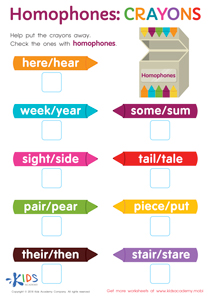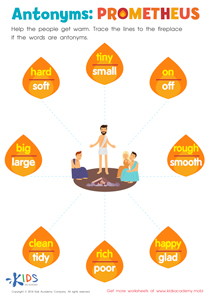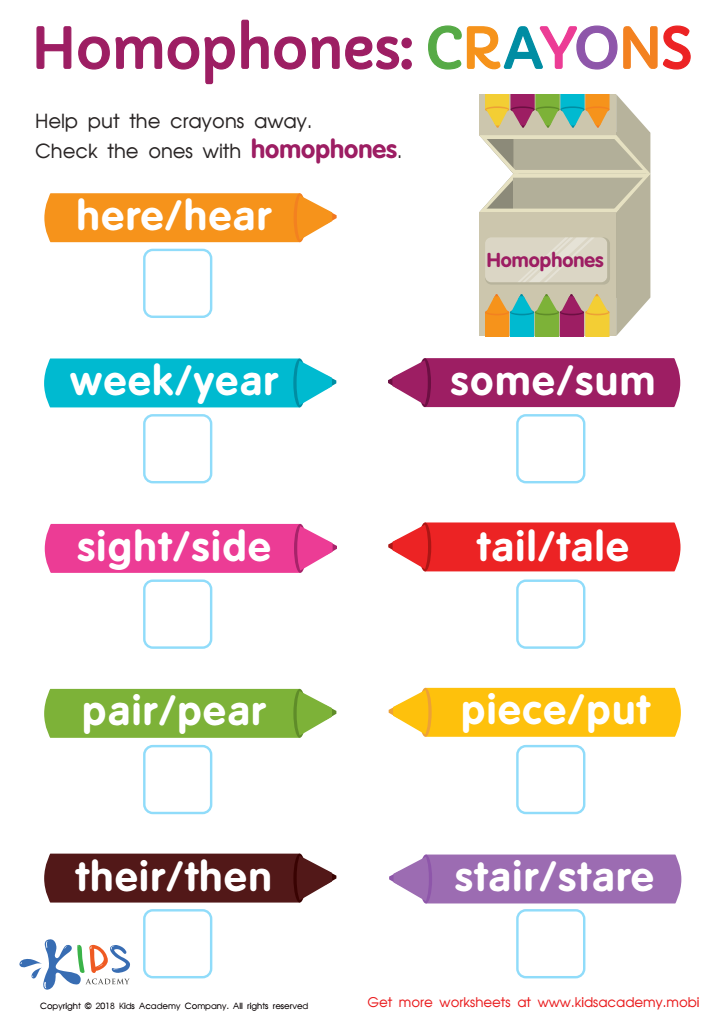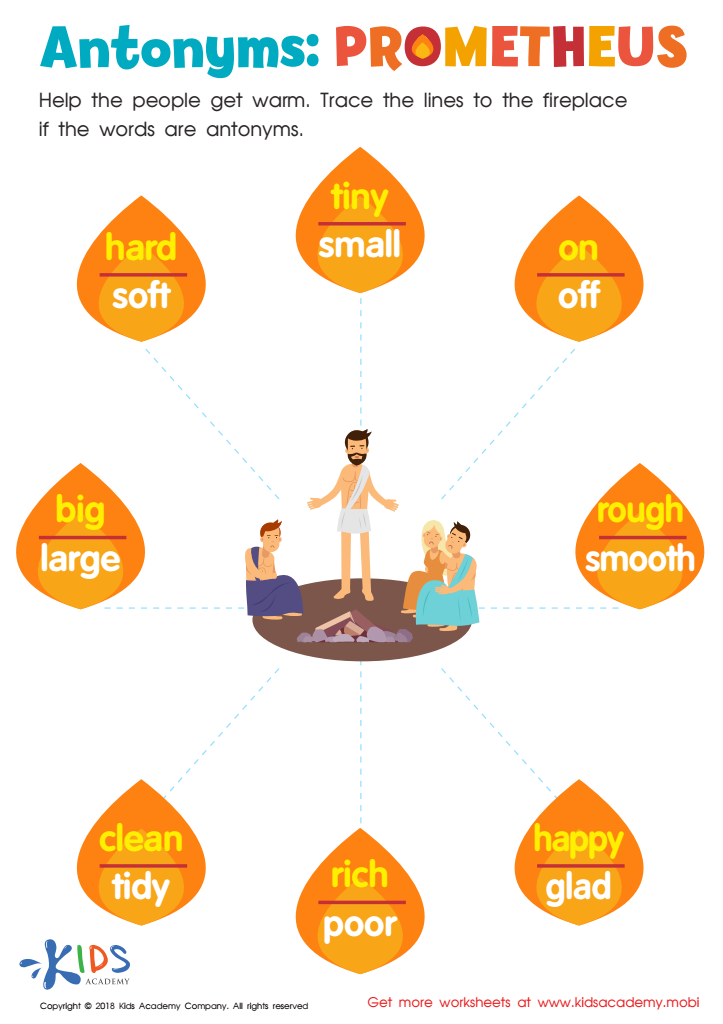Correctly use Frequently used Homophones and Antonyms - Lesson for Grade 3, Chapter - Making Meaning
In this engaging lesson, "Correctly Use Frequently Used Homophones and Antonyms," third-grade students will embark on a linguistic adventure within the "Making Meaning" chapter under the "Accuracy and Fluency" unit. Through captivating activities like the "Antonym Mix-Up," "Homophones: Crayons Worksheet," and "Antonyms: Prometheus Worksheet," students will deepen their understanding of the English language in a fun and interactive way.
Students will learn to distinguish and correctly use frequently encountered homophones—words that sound alike but have different meanings and spellings, such as "pair" and "pear. " This knowledge is crucial for developing accurate reading comprehension and clear, effective writing skills. The "Homophones: Crayons Worksheet" will provide a hands-on experience, reinforcing their ability to identify and apply these words in various contexts.
Additionally, through the "Antonym Mix-Up" and "Antonyms: Prometheus Worksheet," learners will explore antonyms—words with opposite meanings, like "hot" and "cold. " Understanding antonyms enhances vocabulary, boosts creative writing skills, and aids in developing critical thinking by recognizing contrasts in language.
Mastering these language concepts is vital for third graders, as it lays a foundational stone towards achieving fluency and accuracy in reading and writing.



-
Activity 1 / Antonym Mix-Up
-
Activity 2 / Homophones: Crayons Worksheet
What are homophones? Begin this worksheet by asking your kids this simple question. If they are still unsure of the answer to that, you must first give them a thorough explanation of the word ‘homophones’. Homophones are two or more words which do not have the same meaning, but sound alike and are spelled in nearly the same way. Give your kids common examples of homophones like ‘dare’ and ‘deer’. Then, ask them to put the crayons in this printout away by checking the ones with homophones on them.
-
Activity 3 / Antonyms: Prometheus Worksheet
Antonyms are words that can be translated as the opposite in meaning to a given word. For example, the antonyms of the word ‘good’ include ‘bad’, ‘poor’, ‘wicked’ etcetera. Now, give your child another word and ask them to give you some common antonyms of that word. The given word in this worksheet is ‘Prometheus’, which can be translated to having relations with fire. The people in this tracing sheet need to get warm. Ask your kids to help them by tracing the lines to the fireplace if the words are antonyms.



